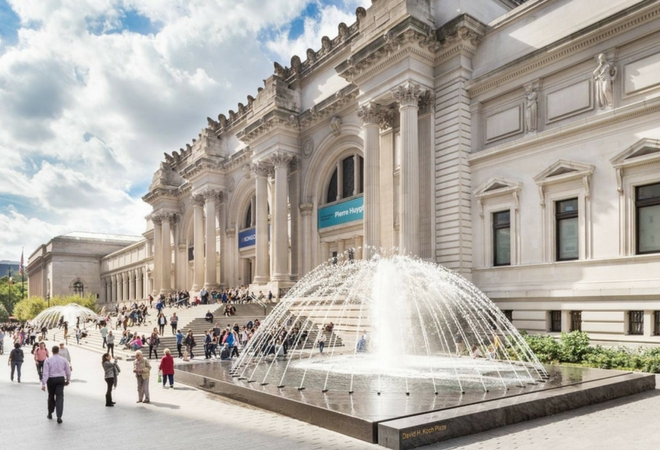A trip to New York just doesn’t seem right without visiting the famed Metropolitan Museum of Art. “The Met” has been one of New York City’s most visited tourist attraction for both international and domestic audiences for over a hundred years. In 2016, it hit its record high with 7.06 million visitors, 37% of which were international visitors.
The Met’s pay-what-you-wish policy which was introduced almost 50 years ago in 1970 was what made it so accessible. But on January 5, 2018, it would announce a change in admissions starting March 1, 2018. They would begin charging a fixed admission fee for non-New Yorkers, no longer inviting visitors to make the suggested donation of $25 for adults, $17 for seniors, and $12 for students. New Yorkers will continue to pay what they wish, including students from the Connecticut and New Jersey, the neighboring states.

$40 million Deficits and Cost-cutting, Realities and Balancing Act
According to the Met, “The pay-as-you-wish admission model is not a sustainable way of funding The Met’s daily operations.”
“The Met is updating its admissions policy so that it can maintain its current level of excellence and comprehensiveness now and for future generations.”
Obviously, the news has enraged many who believe that the Met’s wealth affords them the ability never to have to charge admission. After all, in 1878 when the city leased the land for the museum building, it was based on condition that the museum be free to the public most days. The museum also receives generous donations all the time; the biggest and most recent from museum trustee Florence Irving amounting to $80 million. And back in 2013, David Koch had donated an impressive $65 million.
Ellen Handy, a professor at the City College of New York’s art department, told The Guardian, “The staggering wealth of the museum’s trustees and supporters makes it unseemly that the financial instability should become the burden of the public, which the museum serves. Museums should be accessible at no cost to everyone.”

Charge a Fee or Free for All?
Back in April 2017, Mayor Bill de Blasio endorsed having the Met charge admission for visitors from outside New York City. De Blasio considers the decision to be “fair” as long as it only affected “out-of-towners.”
Shortly after the announcement, Hyperallergic would interview Met Museum President, Daniel Weiss, about the new admissions policy. When asked if he thinks that museums should be free, Weiss answers, “Yeah. I think there’s no question, that it’s in society’s interest, for all of our interest, for people to have as ready access as possible, to art and culture. That it enriches our lives, it elevates our empathy, it allows for more meaningful and productive day-to-day life, if we can connect to the kinds of work that people at the Met do. So ideally, access matters a lot.”

However, Weiss goes on, “…we should strive to make the institution accessible. If that means that it would be possible for us to be free, that would the best possible solution. Except, that it is never free. I don’t think the question is “Should it be free?” the question is “Who should pay?” Because if it’s free, then who’s paying? The Federal Government?”
According to Weiss, the past 10 or 12 years have proven that the pay-as-you-wish policy has ultimately failed, calling it “a social contract that no longer works.”
However, with so many opposed to these changes, will charging a $25 admission fee generate the revenue they need to cover its $332 million annual operating costs? Or will it result in a bigger deficit as we see fewer people visit the Met because entrance is no longer “free” and affordable for international visitors, forcing the Met to no longer be as appealing a cultural destination for the city as it has been for almost half a century?



![[Left] Kusama with her piece Dots Obsession, 2012, via AWARE, [Right] Yayoi Kusama (Courtesy Whitney Museum of American Art) | Source: thecollector.com](https://www.artdex.com/wp-content/uploads/2024/04/Left-Kusama-with-her-piece-Dots-Obsession-2012-via-AWARE-Right-Yayoi-Kusama-Courtesy-Whitney-Museum-of-American-Art-Source-thecollector.com--300x172.png)



